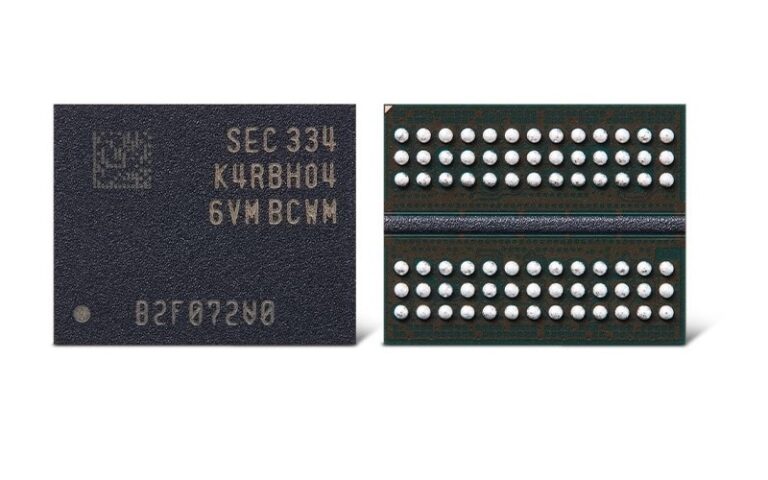Every form of digital storage media is in demand due to the rise of AI. Samsung has increased the price of its NAND flash memory by 60 percent since September. With full order books, the South Korean company and its competitors SK Hynix and Micron are sitting pretty for 2026. The consequences of this will be widely felt.
Reuters reported on Friday that Samsung had implemented the price increase. Not only NAND flash memory, but also DRAM (or system memory) is on the rise. In just a few weeks, the price of RAM has nearly doubled for consumers, while Reuters reports a slightly more modest increase. A single 32GB DDR5 module from Samsung has risen from $149 in September to $239 in new contracts. 16GB and 128GB modules also became 50 percent more expensive. Those who want 64GB or 96GB per module now have to pay ‘only’ 30 percent more than they did in September.
On an annual basis, the price increase for DRAM is most striking. From Q3 2024 to Q3 2025, its price has risen by 171.8 percent, according to CTEE.
From gradual increase to sudden explosion
Phison, which manufactures NAND flash storage controllers, assesses the situation surrounding the price increases as more serious. From July to November of this year, the price of 1 TB of TLC NAND rose from $4.80 to $10.70, according to Phison CEO Khein-Seng Pua. According to him, there may continue to be shortages of NAND flash over the next decade. There are two explanations for this long timeframe. First, it takes years to set up more production capacity. Pua states that Phison’s facilities will not be equipped with new production lines until 2027. The second explanation for the shortages lies in the fact that manufacturers are not motivated to actually meet the full demand. If the AI hype were to stop or slow down, all the extra production lines would suddenly only serve to significantly reduce the price of what they produce.
Since memory (both DRAM and NAND flash) plays an important role in virtually every sector, the shortage will play a significant role in the coming years. The German automotive industry recently noticed how quickly a reduction in chip supply has an impact. Nexperia came under the control of the Dutch government, prompting China to retaliate by blocking exports of Nexperia’s chips. Now that the expansion of AI infrastructure is leading to the buying up of all memory capacity, there is a risk of a structural shortage for other chip applications.
Read also: HDDs get stay of execution as AI drives up shortages
